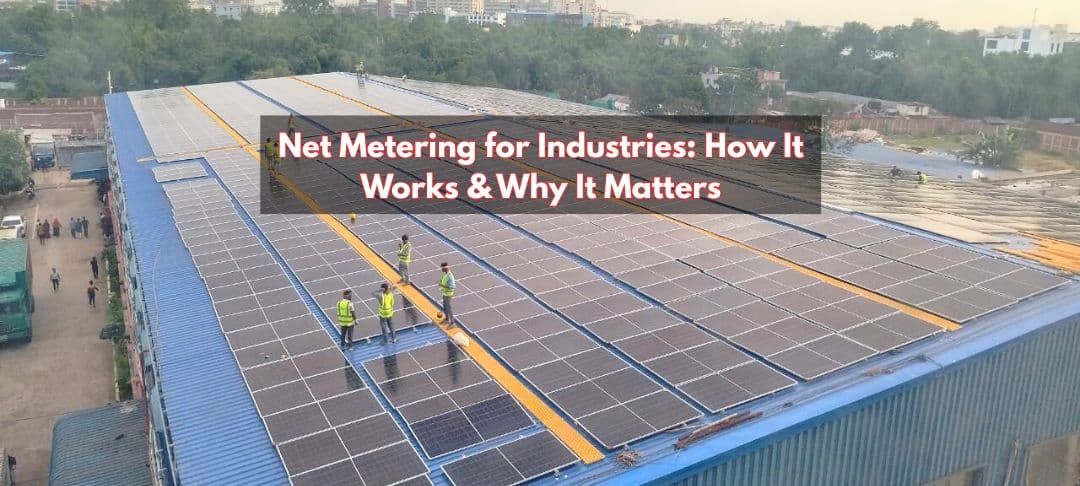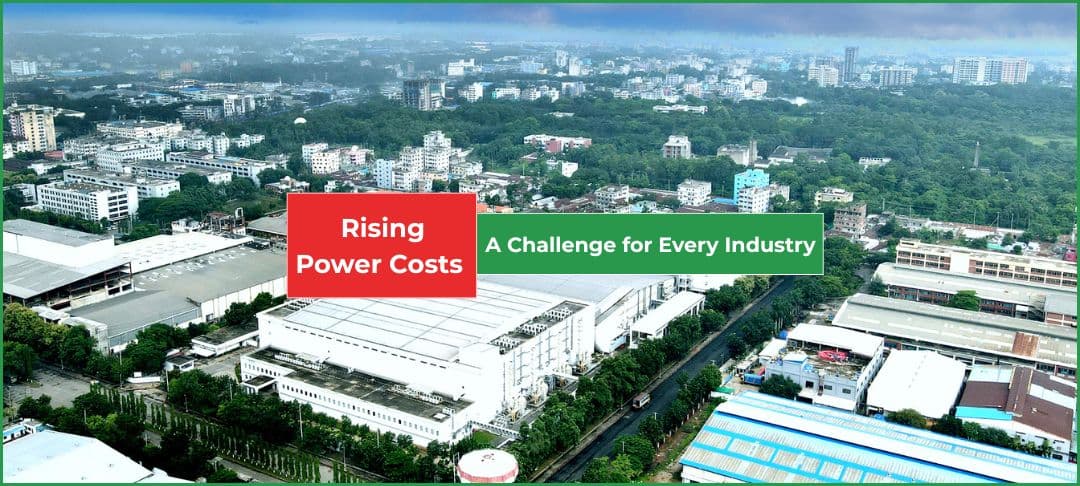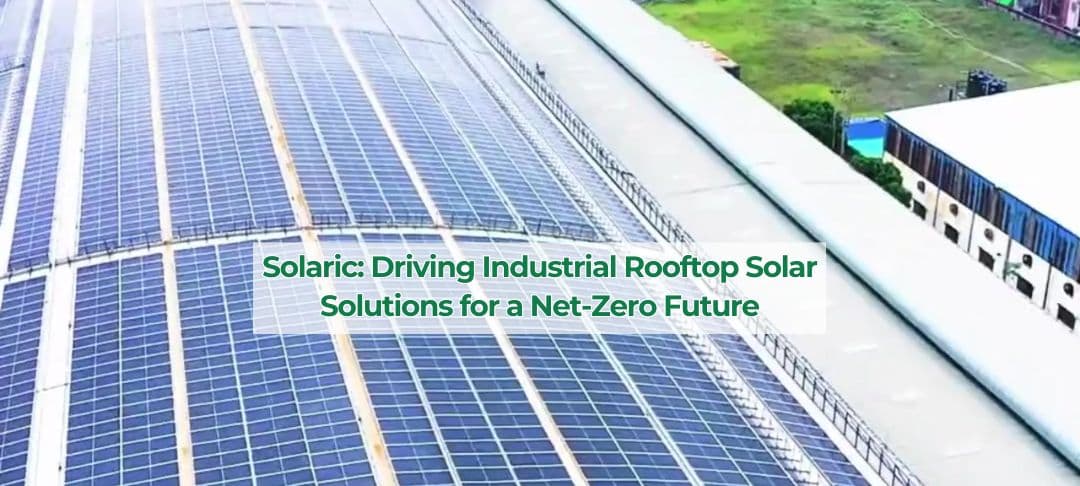The Rise of Solar Power Plants
Published at - February 24, 2022
How science changed the minds of people on harvesting solar panels?
Have you ever wondered why solar panels are suddenly popping up on rooftops around you? Our earth is daily bombarded with enough photons (particles of light) to provide for the whole human race. Every second, we waste enough energy to power the entire world for two hours. Solar panels use the photovoltaic effect where light energy is converted to electrical energy by the collision of light particles with electrons in materials. Solar power plants can continue to produce current and voltage as long as light is hitting the panels. As a result, it is still suitable for cold countries with short day time.Then the question arises, why are we not using this source of energy yet. Solar energy is free, renewable and releases no greenhouse gasses at all. It will not be long enough before we are out of coal, oil and other fossil fuels to support us with energy. There is an urgent need for a new source of energy and renewable resources are the best to focus on. Let us dive deeper into why we have not harvested solar power plants earlier and how technology is now allowing us to go green with solar panels.
The use of solar panels is limited by the hard and soft costs

Initially, the cost of the materials to build a solar panel, which is the hard cost, was too high. Insufficient technical development also made it difficult to have a profitable power output from panels. Such as the structure wire used to convert light to electricity or the solar cells used to capture light particles, increased the overall cost.This was not the only cost issue. Unfortunately, the soft cost, which included the cost of obtaining permission from the government along with labor costs, was not making this process any more feasible. The hard cost was just as much as the soft cost. There was land and water available for power plant harvesting; however, the only thing preventing the solar power plant from being used globally was the solar panel itself.This was true almost a decade back.
Advances in technology will increase the use of solar panels
Fast forwarding to the current situation, we have come across a lot of barriers to building a cost effective solar panel. The soft cost has decreased dramatically as the number of consumers, installation and technical experts has increased. The bulk use of solar panels and the increase in popularity of industrial use also played a major role in lowering soft cost. Large industries are now considering reducing their electrical costs by using solar panels. Some of the industrial uses, such as Iris Fabrics Limited, Khantex Fashions Ltd. and Karnaphuli Shoe Industries Ltd. are some of the projects completed by Solaric in Bangladesh. Solaric has managed to complete more than 24 projects and has installed 87500 solar modules alone. On the other hand, the hard cost has also been lowered since technological development. The greater consumption of raw materials such as silicon, for making solar panel cells, also decreased the total cost by a huge amount. Silicon is inexpensive and abundant on the earth's surface, and light is basically free to be converted to electricity when a photon hits electrons in the silicon cell of panels. The hard cost is reduced to almost half of what it was in 2000. To maximize the number of photons hitting silicon cells, silicon is placed in a pyramidal shape. Scientists also added an anti-reflective coating to stop the bouncing back of useful light energy. For instance, Amanat Shah(Phase-II), a project completed by Solaric, helps save a monthly electricity bill of BDT 19.42Lac with 2300 KWp. This is as profitable as it is environmentally friendly, with zero emissions of carbon dioxide. This will have an immense effect on lowering our carbon footprint. In a word, engineers and physicists have been successful in making solar panels affordable for commercial use.
Conclusion
All in all, a modest budget for installing solar panels made it more popular with people. From small solar panels for household use to giant structures for industrial use, it is the most effective way to lower unnecessary electricity bills. The United States alone predicts increasing the power output from solar energy by 700% in the year 2050. There is more for scientists and engineers to explore in solar panels. Like rotating panels for facing the sun for longer exposure, a detector to identify the position of the sun, thinner silicon solar cells, using layers of cells and so on. At the same time, experts are working on the cost of maintenance of solar panels. We really need a reliable solar power plant while keeping it affordable. These are still not available since they are not cost-effective for commercial use. Until then, we can enjoy the gift of photons while experts work on the improvement of solar panels.



